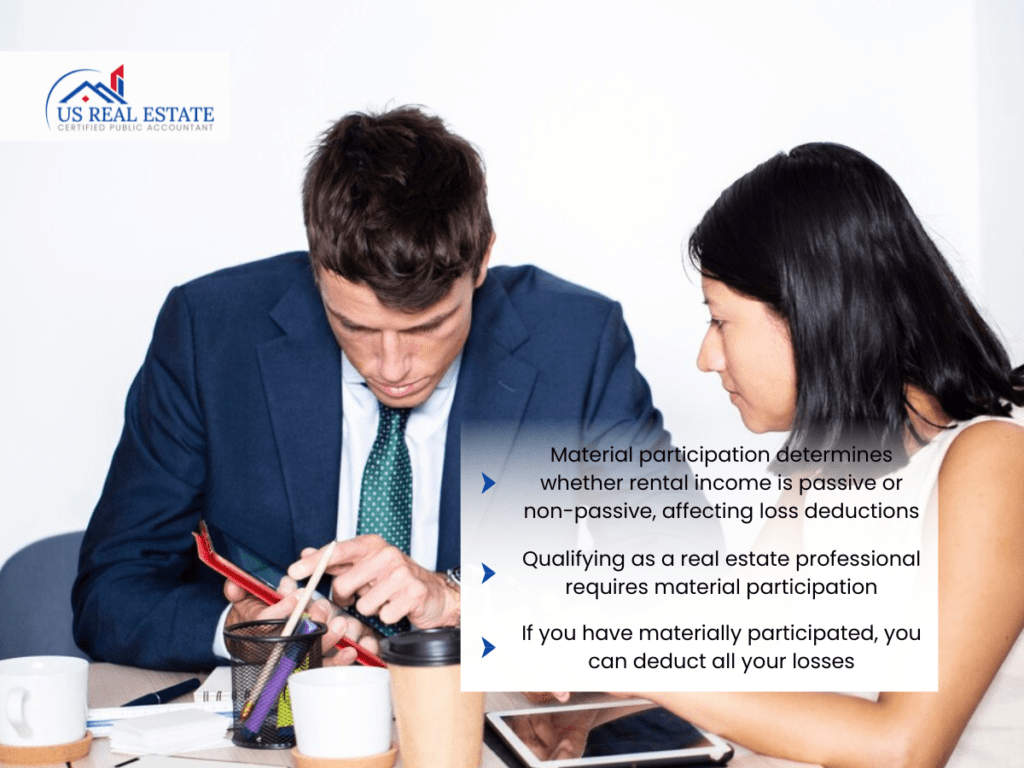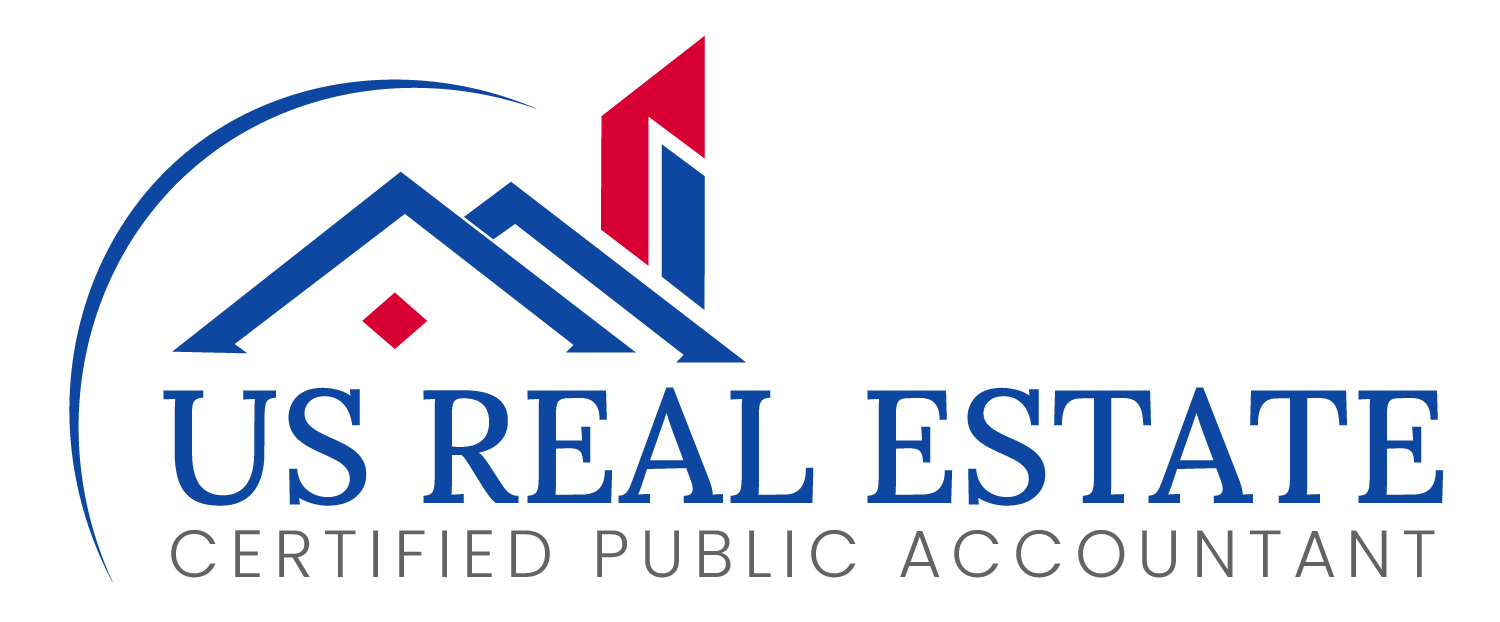
A Complete Guide to Materially Participate: What You Need to Know
The idea of “material participation” is important for anyone involved in rental properties for taxes purposes. The Internal Revenue Service (IRS) has clear guidelines on material participation that can heavily influence your tax obligations and benefits, particularly if you want to claim real estate professional status (REPS).
This article will explain what material participation means, outline the IRS criteria, discuss its implications for real estate investors and offer tips for meeting the requirements.
What is Material Participation?
Material participation shows the level of involvement an individual has in a trade or business activity. For tax purposes, the IRS defines material participation to distinguish between passive and non-passive income. The classification affects how rental income is taxed and whether investors can deduct losses from their taxable income.
Under IRS rules, a taxpayer is considered to materially participate in an activity if they are involved in the operations of that activity on a regular, continuous and substantial basis. This is important for property owners seeking to offset rental income with losses, as only those who materially participate can qualify their rental activities as non-passive.

The IRS Tests for Material Participation
The IRS has established several tests to determine whether a taxpayer materially participates in an activity. According to IRS guidelines, an individual is deemed to materially participate if they meet one of the following seven tests:
- The 500-Hour Test – You participate in the activity for more than 500 hours during the tax year.
- The Substantial Participation Test – Your participation constitutes majority of the participation in the activity for the year. In other words, you are the main contributor to the activity.
- The 100-Hour Test – You participate in the activity for more than 100 hours, and no one else participates more than you.
- The Significant Participation Activity Test – You participate in multiple rental activities and meet the material participation requirements for at least one of them, contributing at least 500 hours across all activities.
- The Prior Year Test – You materially participated in the activity in any five of the preceding ten years.
- The Personal Service Activity Test – Your participation in the activity was for any three of the preceding ten years if the activity is a personal service activity (like real estate).
- The Facts and Circumstances Test – You can demonstrate material participation based on facts and circumstances, which includes hours worked, the nature of the activity and the involvement of others.
Why Material Participation Matters
Understanding material participation is important for real estate investors because it determines how rental income and losses are taxed. Here are some key points about material participation:
1. Passive vs. Non-Passive Income
Rental income is generally considered passive, meaning it is subject to different tax rules compared with non-passive income. If you do not materially participate, any losses you incur from your rental activities can only be used to offset passive income. This can limit your ability to take advantage of deductions.
2. Real Estate Professional Status
For those who qualify as real estate professionals under IRS rules, material participation is crucial. A real estate professional is someone who spends more than half of their working time in real estate activities and at least 750 hours per year in those activities. If you qualify as a real estate professional and materially participate in your rental activities, you can treat losses as non-passive, allowing for greater tax deductions.
3. Deducting Rental Losses
If you materially participate in your rental activities, you can deduct losses from your taxable income, lowering your total tax liability. This is advantageous for investors who face big expenses related to property management, maintenance and repairs.
Strategies for Meeting Material Participation Requirements
Meeting the IRS criteria for material participation requires careful planning and commitment. Here are some tips:
1. Maintain Detailed Records
Keeping meticulous records of your time spent on rental activities is important. Use a calendar or time-tracking software to log hours spent on property management, tenant communications, maintenance tasks and other relevant activities. This documentation will be invaluable if you need to substantiate your material participation.
2. Engage in Active Management
Take an active role in managing your rental properties. This could include tasks like screening tenants, negotiating leases, conducting property inspections and overseeing maintenance and repairs. The more hands-on you are, the easier it will be to demonstrate material participation.
3. Consider Joint Ownership
If you co-own rental properties with a spouse or business partner, combine your hours for material participation calculations. This can help meet the requirements collectively if both parties are actively involved in management
4. Participate in Multiple Activities
If you own multiple rental properties, you can aggregate your participation across those activities. If your total hours surpass 500 across all properties, you can show material participation even if you don’t meet the threshold for any single property.
5. Plan for Real Estate Professional Status
If you aim to qualify as a real estate professional, make sure you document all hours spent on real estate activities. This could mean attending real estate seminars, participating in real estate education or volunteering in related organizations to boost your hours.
Conclusion
Material participation is an important concept for real estate investors, principally for those looking to maximize tax deductions. By understanding the IRS criteria, you can benefit from the tax advantages of your rental activities.
As the real estate market continuously evolves, it’s always a best idea to consider consulting a tax professional or accountant for personalized guidance to your unique situation.



